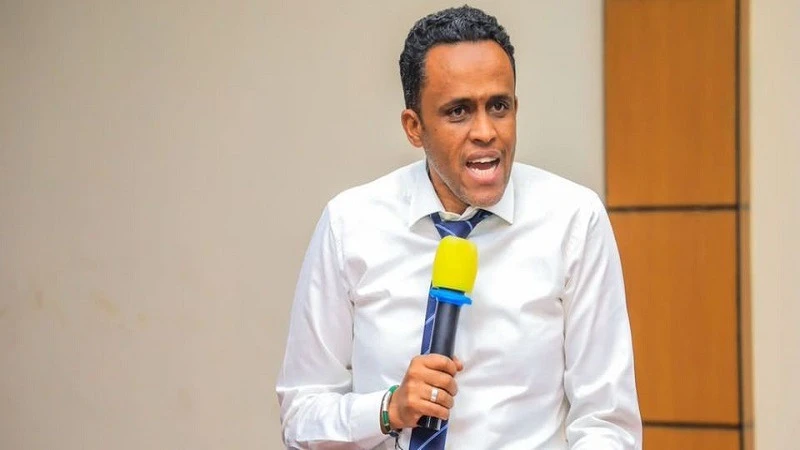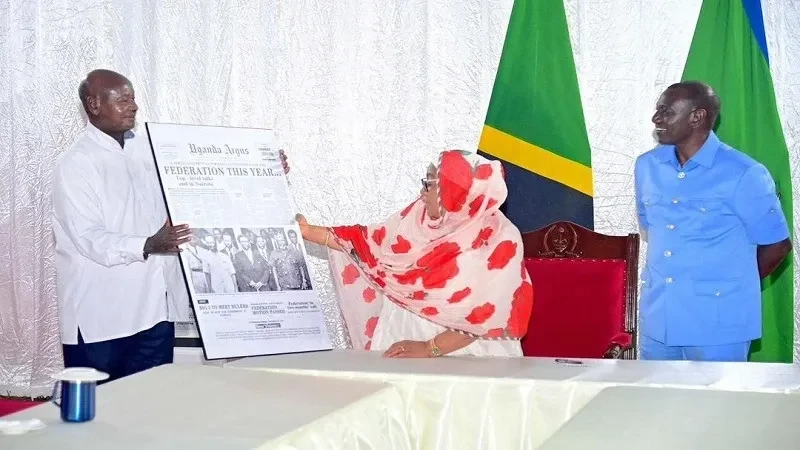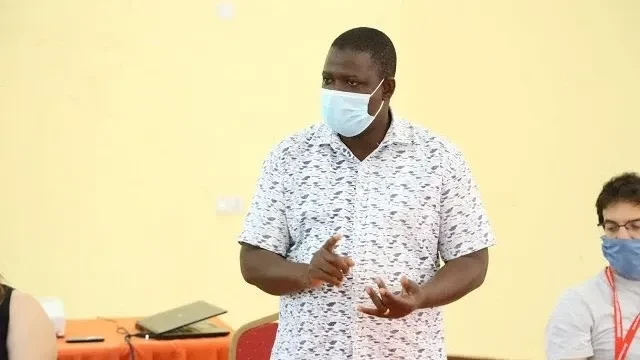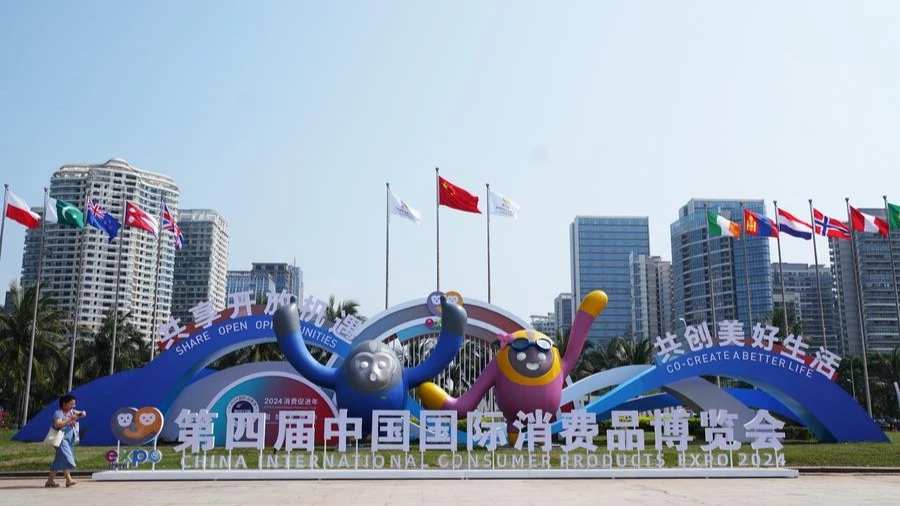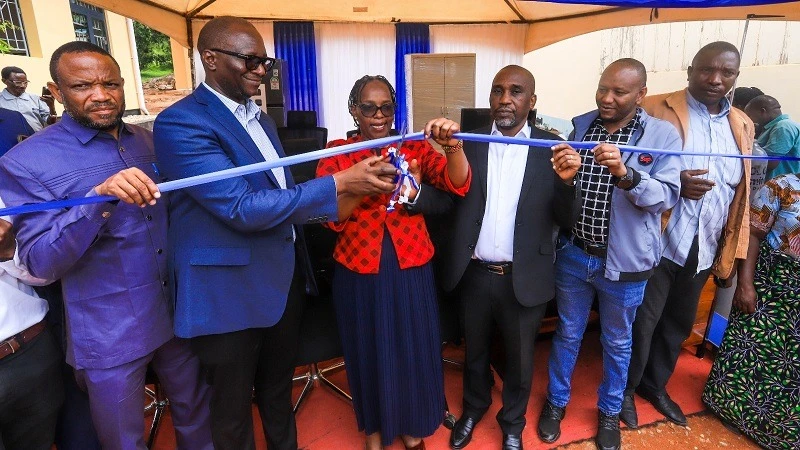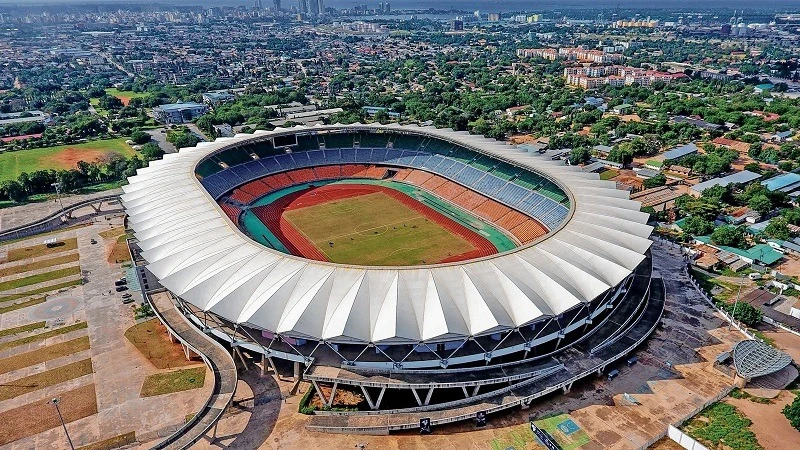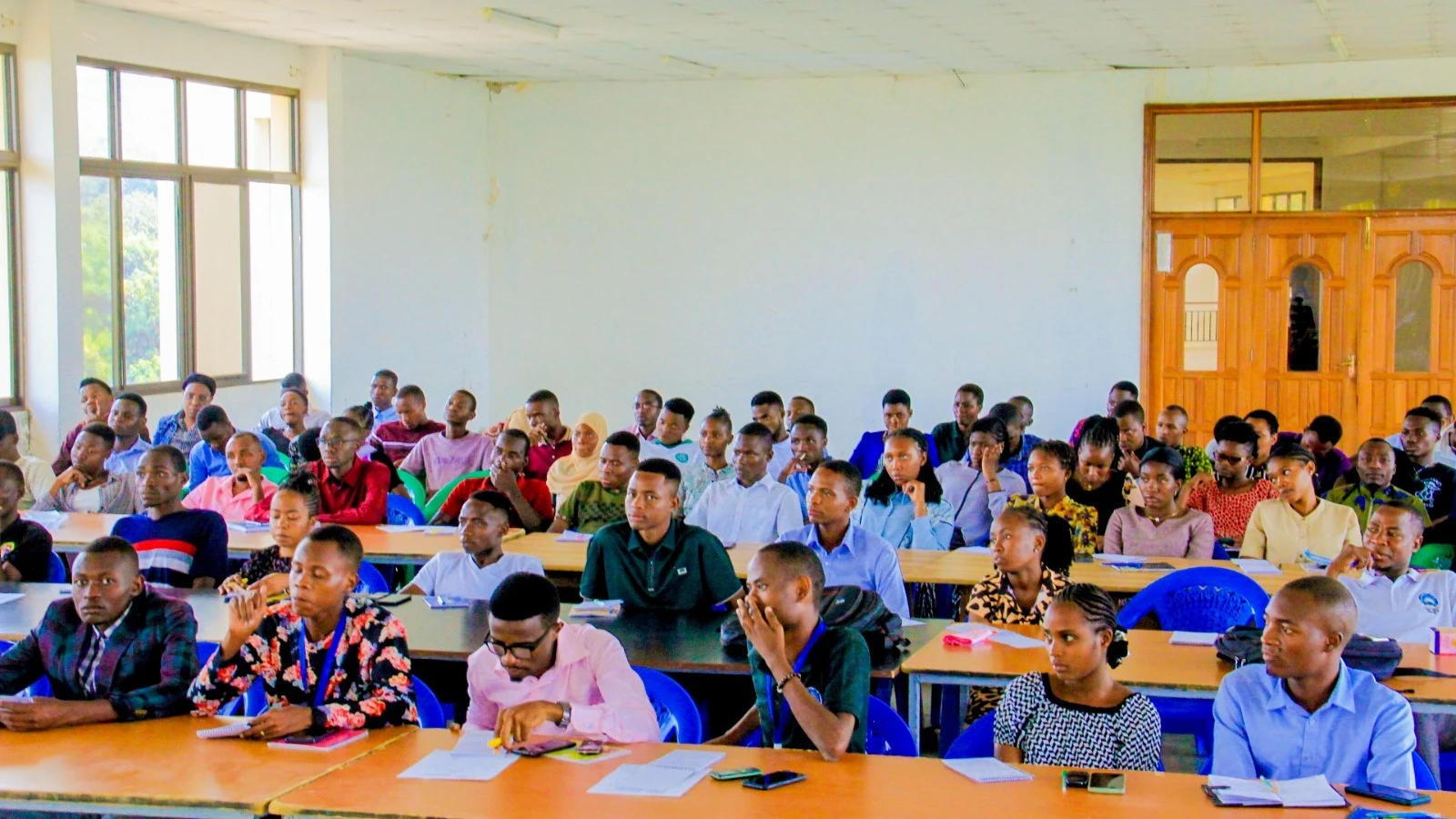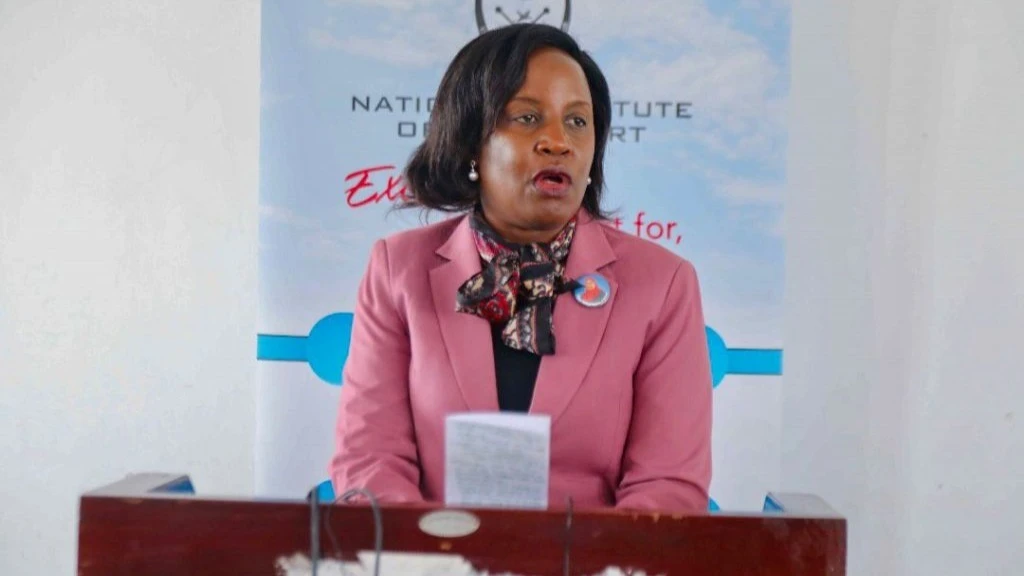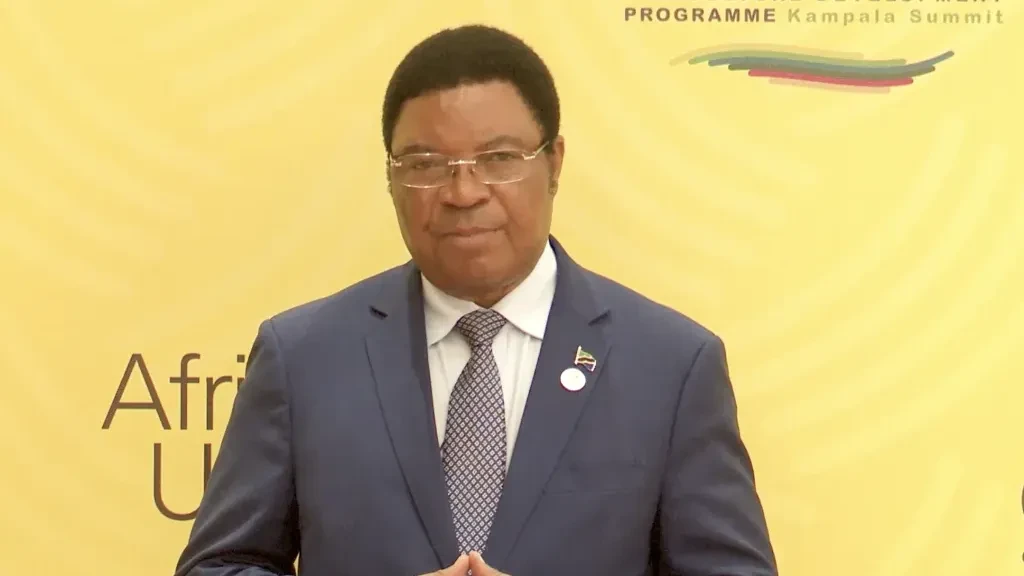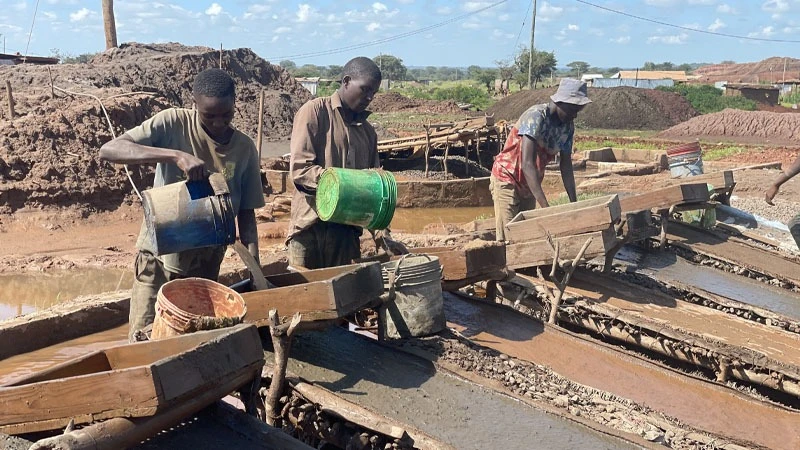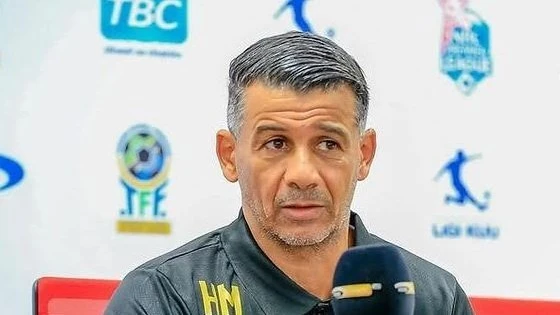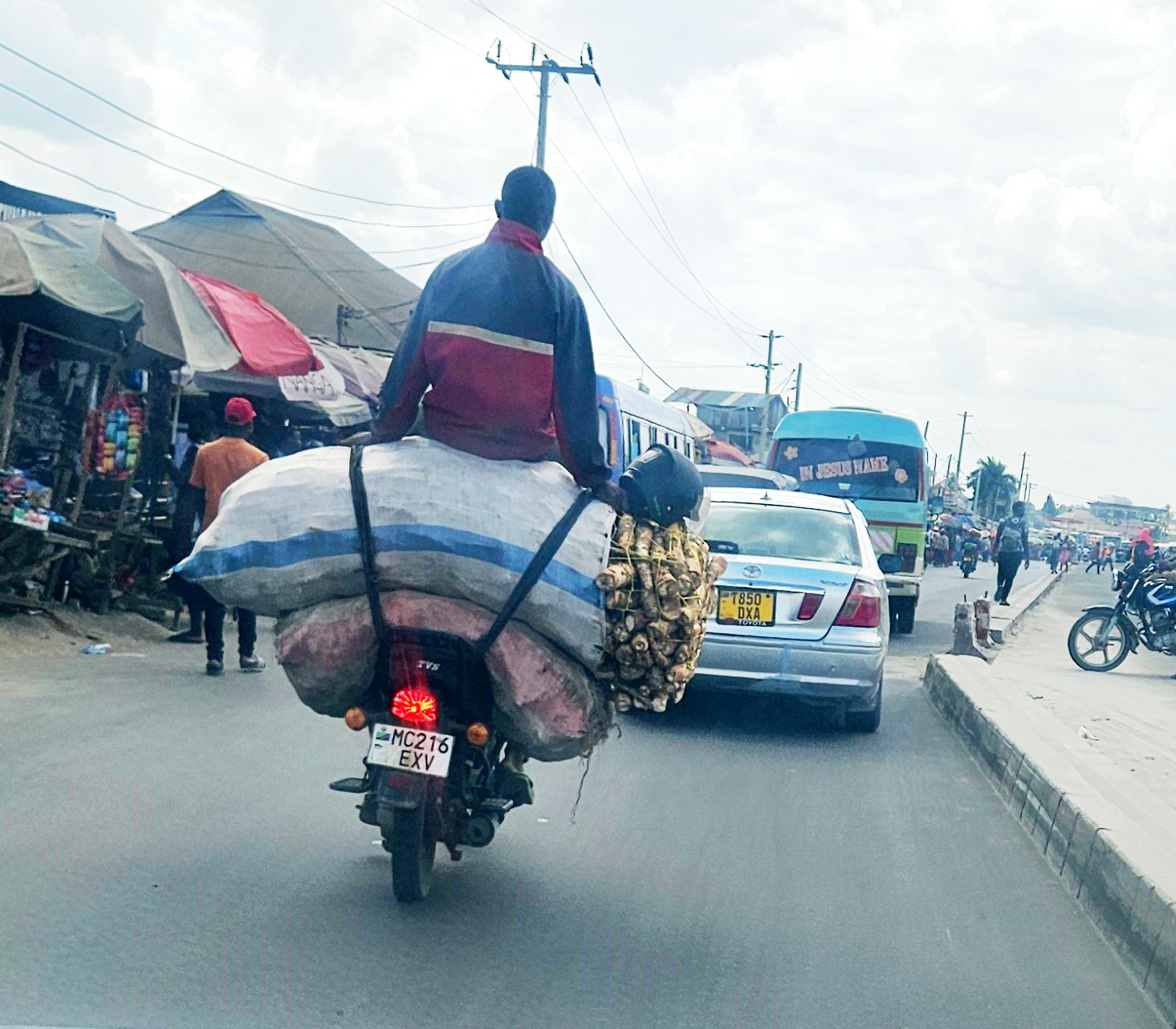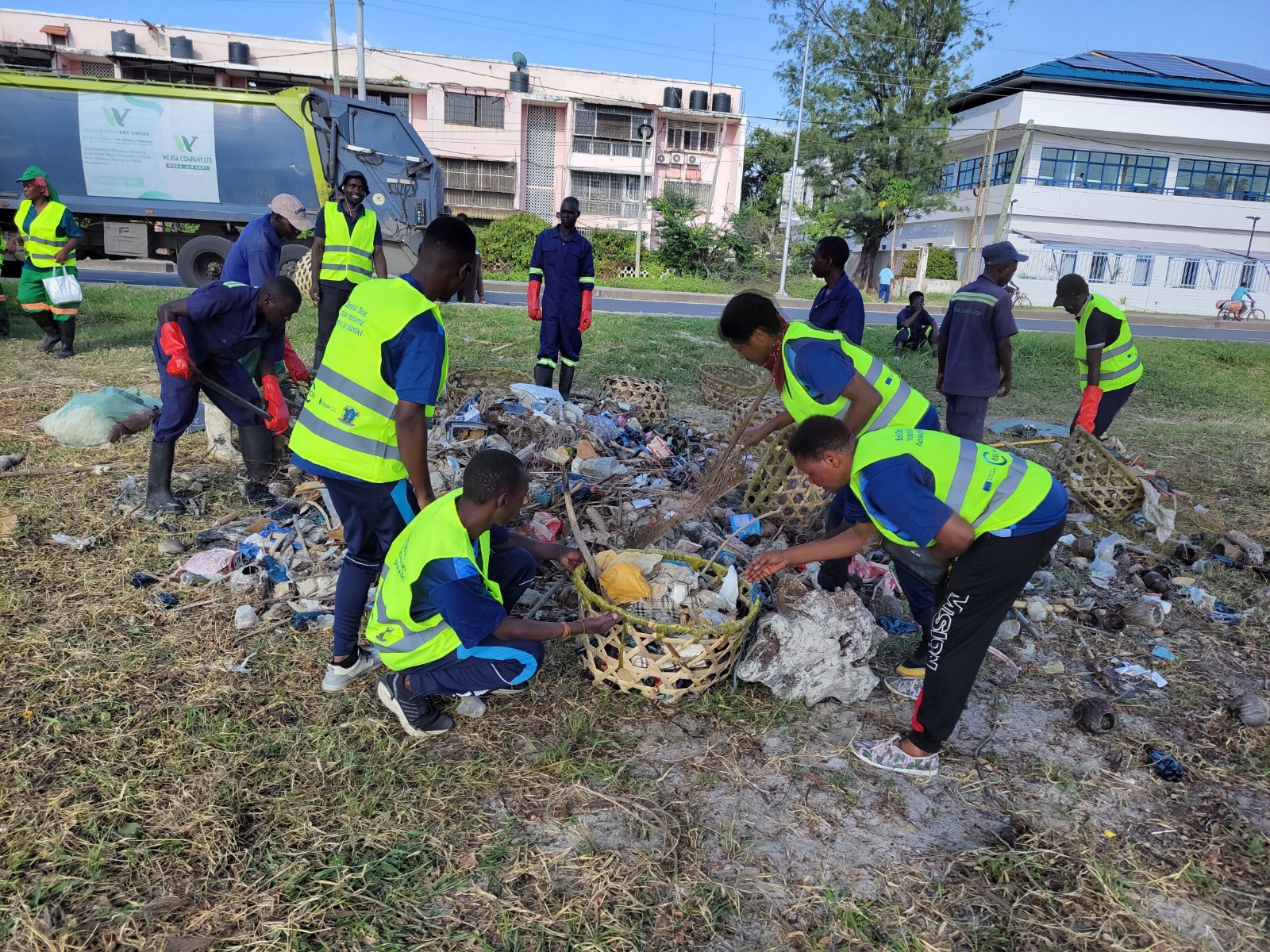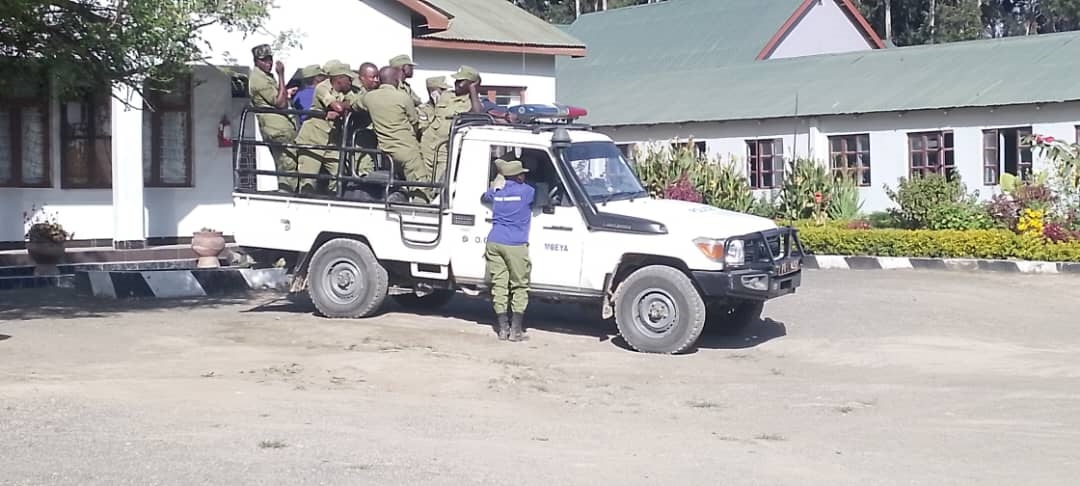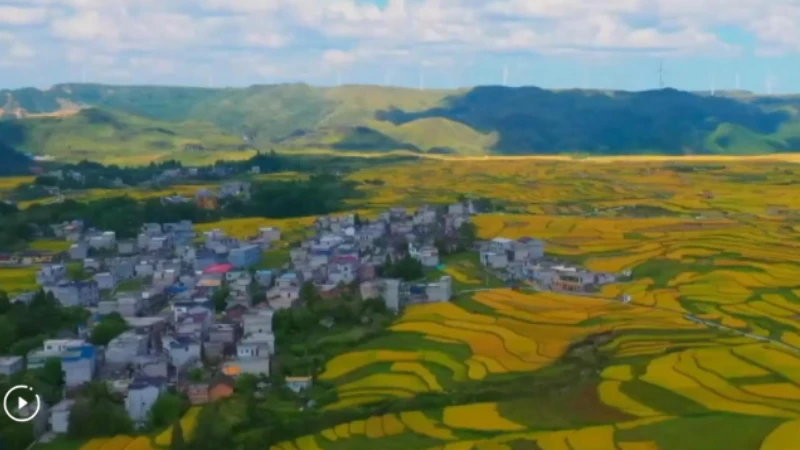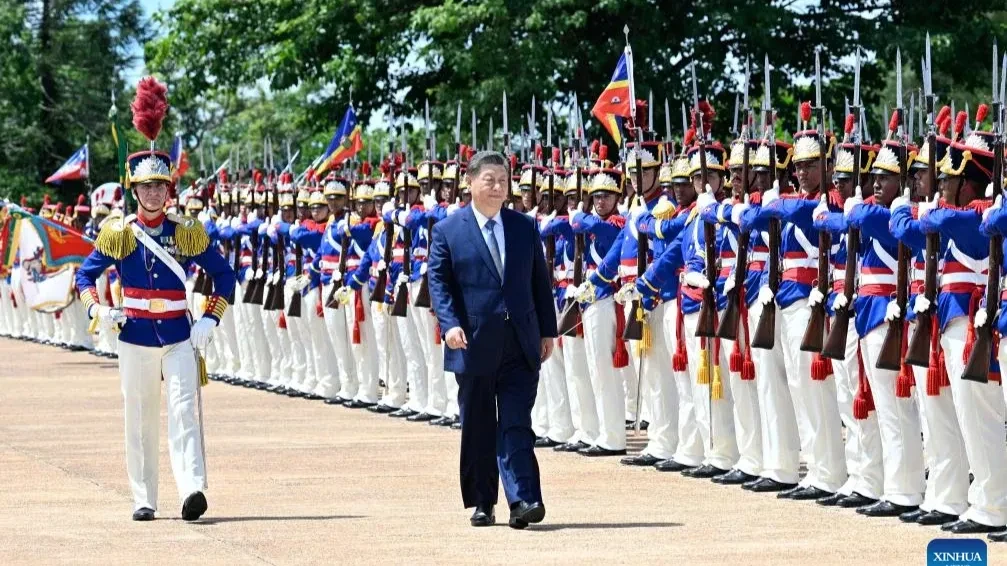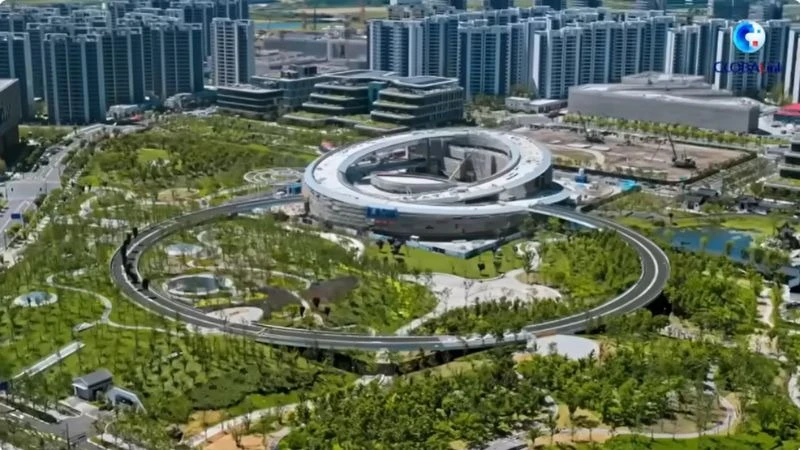Mbogwe miners demand royalty allocation for road rehabilitation
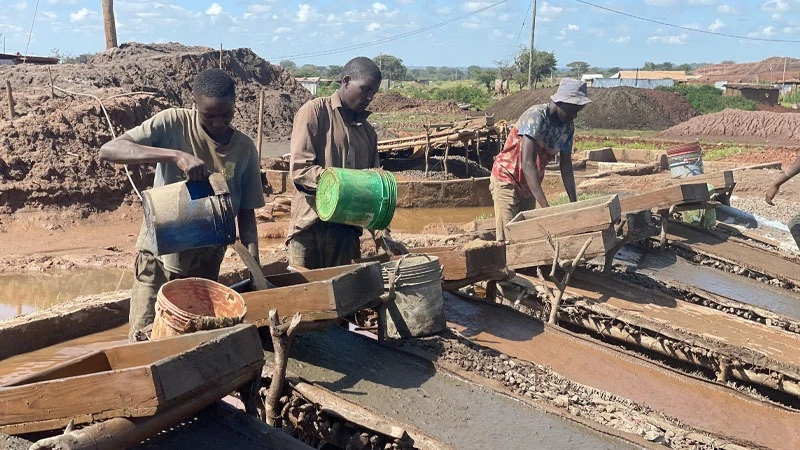
SMALL-SCALE gold miners in the Mbogwe District, in Geita Region are making an impassioned plea to the government: dedicate a portion of their substantial royalty payments to the urgent rehabilitation of road infrastructure. They argue that improving the vital transport would dramatically ease the movement of essential mining equipment and ensure their precious minerals reach markets efficiently.
The current state of roads in Mbogwe is a significant impediment to mining operations. Modesta Wisero, a miner and manager of the Isanjabadugu mine in Nyakafulu Ward, vividly described the dire conditions during a recent interview at her mine. "The poor road infrastructure," she explained, "severely hinders the transportation of machinery and minerals from our mine, despite our consistent tax payments." This sentiment echoes across the mining community, where daily operations are a constant struggle against impassable routes.
The problem intensifies during the rainy season, when already dilapidated roads become treacherous. Wisero noted, "Our cargo vehicles often get stuck, leading to significant financial losses as we are forced to seek expensive alternative transport." To alleviate this chronic burden, Wisero proposes a pragmatic solution: the government should allocate a segment of the royalty payments, which are directly generated by their hard work, to fix these critical roads.
The miners' request comes with a strong foundation of their own financial contributions to the national coffers. Patrick Basoga, the mine's secretary, highlighted their impressive track record, stating that their government revenue contributions since 2020, when they first gained access to electricity, now exceed 3.663bn/-. Basoga passionately argues that this colossal sum is more than sufficient to cover the costs of rehabilitating the roads that connect their mines to the main highways.
Breaking down these contributions, he noted that 1.59bn/- accounts for council levies, with an additional 679m/- dedicated to service levies. These figures underscore the miners' significant economic impact and their valid expectation of reciprocal infrastructure development.
The current road conditions force miners to adopt unconventional and often more expensive transport methods. Frank Joseph, another miner, confirmed this, stating, "We now rely on tractors or large trucks to transport mineral-bearing rocks to the processing plant, constantly fearing that smaller transport vehicles would simply get stuck." This not only increases operational costs but also delays production and delivery, impacting the overall profitability and sustainability of their ventures.
The mining sector is a cornerstone of Tanzania's economy and a significant employer. Dr Venance Mwase, Director of the State Mining Corporation (STAMICO), affirmed this, noting that the sector employs over six million people, according to the 2020 population and housing census. He underscored the government's steadfast commitment to fostering an enabling environment that ensures citizens continue to benefit from these abundant natural resources.
Dr Mwase also highlighted a remarkable development within the sector: 3.1 million of these miners are women, constituting a significant 52 percent and operating under the Tanzania Women Miners Association (TAMWOMA). This organisation plays a crucial role in empowering women who were historically marginalised by traditional customs within the mining industry.
While acknowledging the challenges that persist within the sector, Dr Mwase reassured the mining community that the government is progressively addressing these issues, prioritising solutions based on budget availability.
The plea from Mbogwe's small-scale miners serves as a poignant reminder of the direct link between effective infrastructure and economic prosperity at the grassroots level. Investing royalty funds back into the very communities that generate them would not only address immediate operational hurdles but also demonstrate a tangible commitment to the welfare and growth of Tanzania's vital mining sector.
Top Headlines
© 2025 IPPMEDIA.COM. ALL RIGHTS RESERVED


